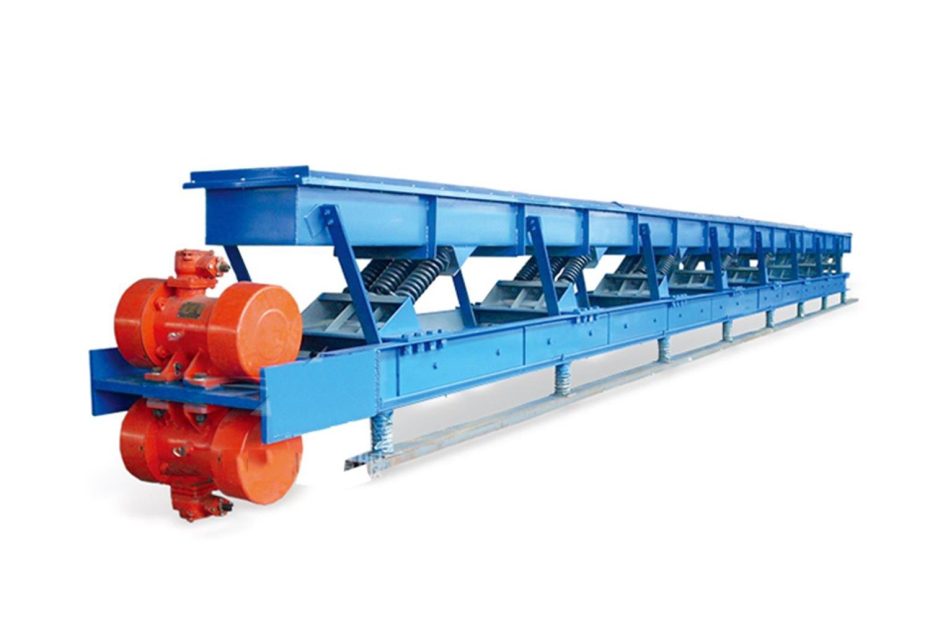In the world of conveyor systems, wear liners play a crucial role in protecting chutes from the punishing effects of abrasive materials. Traditionally, steel plates were used as wear liners, but they posed various challenges, including safety risks, frequent replacements, and damage to rubber skirt seals.
However, a paradigm shift has occurred, introducing a new type of wear liner that offers increased effectiveness, easier maintenance, and enhanced reliability.
The Evolution of Conveyor Wear Liners
Previously, conveyor wear liners were primarily sheets of steel welded onto the internal chute wall in the loading zone. While they provided some level of protection against abrasive materials, they presented a series of challenges. Periodic replacement of these steel plates involved enclosed chute entry and hot work using a blow torch, which not only required certification and supervision but also posed the risk of igniting explosive dust.
Moreover, the early design of steel wear liners often failed to effectively protect the rubber skirt seal, leading to frequent skirt replacements. The positioning of the wear liner also created a gap between the liner and the skirting, capturing small lumps of material that could damage the conveyor belt. These issues resulted in excessive downtime, premature equipment replacement, and increased labor for monitoring and maintenance.
The Advancements in Wear Liner Design
The new generation of conveyor wear liners represents a significant advancement in engineering. The design has evolved to be more effective, safer to maintain, and highly reliable. One of the key innovations is the departure from steel plates to a new wear liner that addresses the limitations of its predecessors.
Improved Skirt Seal Protection
Unlike the traditional steel wear liners, the latest design ensures proper protection of the rubber skirt seal. By cutting the bottom “belt side” of the liner to an optional angle (20º, 35º, or 45º), the new wear liner maximizes belt sealing and safeguards the softer material of the skirt seal from premature wear. This feature significantly extends the life of the skirt seal and reduces the need for frequent replacements, resulting in enhanced operational efficiency and cost savings.
Comparison of Traditional vs. New Wear Liner Design
| Aspect | Traditional Steel Wear Liners | New Generation Wear Liners |
|---|---|---|
| Installation Method | Welded onto internal chute wall | Easily adjustable brackets |
| Skirt Seal Protection | Ineffective, leading to frequent replacements | Optimized skirt seal protection |
| Gap between Liner and Skirting | Captured material damaging the belt | Seamless integration, preventing belt damage |
| Maintenance | Hot work with blow torch, safety risks | Easy maintenance, reduced safety risks |
| Material Choice | Limited options | Urethane thickness options of 1.3-2 in. |
Ease of Maintenance and Adjustment
The new generation wear liner’s installation process has been simplified and made safer. Each section of the liner features a series of 2-in.-long bracket holes for vertical adjustment. This design allows for quick and easy adjustments, reducing maintenance downtime and labor costs. The need for hot work and enclosed chute entry has been eliminated, mitigating safety risks and ensuring a smoother maintenance process.
Customizability and Material Options
The latest wear liners offer customers increased flexibility and customizability. Depending on the weight and abrasiveness of the conveyed material, customers can choose a urethane thickness ranging from 1.3 to 2 inches. This option enables tailored solutions for specific material handling requirements, ensuring optimal wear resistance and prolonged chute life.
Conclusion
The evolution of conveyor wear liners has brought about a significant transformation in the material handling industry. The transition from traditional steel wear liners to the new generation design represents a major shift in engineering, offering enhanced chute protection, prolonged skirt life, and improved operational efficiency.
The new wear liners not only optimize skirt seal protection but also simplify maintenance and adjustment processes, reducing downtime and labor costs. Customizability in material options ensures that each wear liner can be tailored to handle specific material characteristics, ensuring long-lasting wear resistance and minimizing the need for frequent replacements.
As industries strive for efficiency, safety, and cost-effectiveness in their material handling operations, the latest generation of conveyor wear liners proves to be a valuable investment.
By embracing this innovative solution, businesses can optimize their conveyor systems’ performance, extend equipment life, and streamline maintenance processes, ultimately contributing to increased productivity and profitability.
